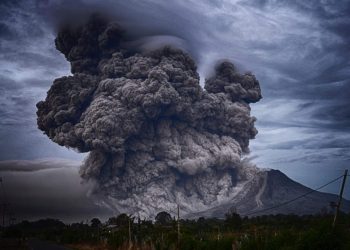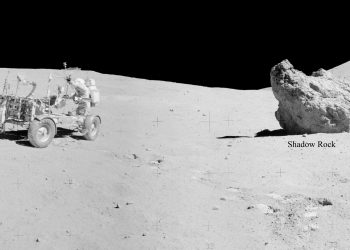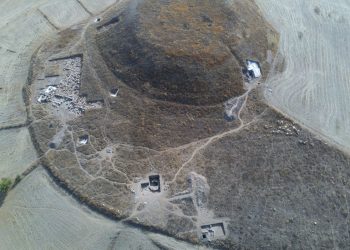NASA has taken a significant step towards addressing one of the most compelling questions humanity has ever asked—are we alone? While they haven’t yet started hunting down little green men, they are actively exploring the possibility of detecting alien technology, known as technosignatures, both within and beyond our solar system.
Technosignatures refer to evidence of advanced technology that could be detected remotely, typically through astronomical tools. Examples include radio signals, atmospheric changes such as carbon dioxide (CO2), and even free-floating spacecraft. The search for such signs has long been considered controversial within the scientific community but is gaining traction as a legitimate area of inquiry.
With a vast amount of space to search, the key question is: If extraterrestrials had left behind technology in our solar system, where might it be hiding? Below are five potential hotspots for discovering alien technosignatures, according to astrobiologists and scientists.
1. The Earth-Moon Orbits
As the Debrief explains, one of the first places we should examine, according to NASA scientists, is the Earth-Moon orbit, particularly when searching for technology sent from distant planetary systems. Dr. Ravi Kopparapu, a planetary scientist, suggests that if an extraterrestrial probe were to venture into our solar system, the logical destination would be Earth—home to both biological and technological life.
Astronomers have already discovered over 4,000 exoplanets orbiting stars outside our solar system, some of which may harbor conditions suitable for life. While these planets are too far away to visit, we can use telescopes to study their atmospheres and detect potential technosignatures.
For more on how these discoveries are shaping our understanding of the universe, explore our detailed articles on exoplanet research.
2. Using the Sun as a Giant Telescope
Dr. Jason Wright from Penn State University proposes using the Sun itself as a telescope to search for alien technology. The Sun’s gravitational lens could act like a massive magnifying glass, allowing us to peer deep into space for signs of technosignatures. As revealed by The Debrief, Wright suggests focusing our search on the area opposite Proxima Centauri, the closest star to our solar system. This technique could help us detect transmissions from other star systems, leveraging the Sun’s gravitational pull as a giant lens to focus those signals.
While such an endeavor is incredibly challenging due to distance, advancements in technology like the Breakthrough Starshot Initiative aim to explore these possibilities further.
3. Lagrange Points of Jupiter
Astrobiologist Dr. Jacob Haqq-Misra points to Jupiter’s Lagrange points as prime locations for hidden alien technology. Lagrange points are stable regions in space where objects can remain in orbit for extended periods without expending much energy. If an extraterrestrial spacecraft entered our solar system, it’s plausible that it could be parked in one of these points, possibly left dormant after completing its mission.
For anyone keen on understanding the mechanics of these gravitational sweet spots, Lagrange points have already proven to be valuable real estate for our own spacecraft. NASA frequently uses them to reduce fuel consumption during long-term missions.
4. The Edges of Our Solar System
Beyond Pluto’s orbit lies a relatively unexplored region of space—the Kuiper Belt. This area, a vast collection of icy objects left over from the formation of the solar system, could serve as a hiding place for alien technology. Dr. Ravi Kopparapu suggests that we look for technosignatures in this distant region, particularly in the form of objects that may have drifted in from other star systems.
If you want to venture even further, consider the heliosphere, the bubble of solar wind that surrounds and protects our solar system. Just beyond the Kuiper Belt, this region may be where ancient alien probes pass through unnoticed.
5. The Mysterious Oort Cloud
The outermost region of our solar system, the Oort Cloud, is a vast shell of icy debris that may extend as far as one light-year from the Sun. First theorized in the 1950s by Dutch astronomer Jan Oort, this region contains trillions of icy bodies. Dr. Haqq-Misra believes the Oort Cloud could also contain alien artifacts, as interstellar objects occasionally pass through this region. Given its size, the Oort Cloud offers ample hiding spots for alien technology, if such exists.
For a deeper dive into the mysteries of the Oort Cloud, read our articles on outer solar system exploration.











